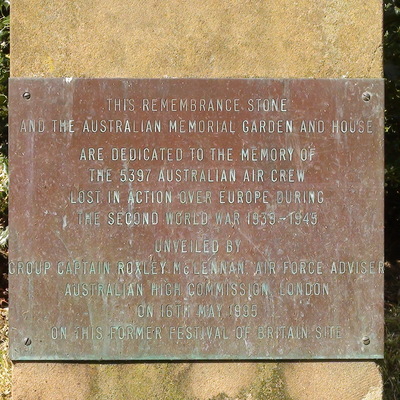Royalist officer of the English Civil War who saved the king. Spelling variants of his original surname include Careless, Carelesse, Carless, Carles and Carlis. This page will call him William.
Following his defeat at the 1651 Battle of Worcester the fugitive Charles II was hiding at Boscobel House. William suggested that he'd be safer in a large oak tree in the woodlands of Boscobel. William hid with the King and the Parliamentarian soldiers failed to find them.
William escaped independently of the King, fleeing to the Continent. He joined the King's Royal Regiment of Guards and in 1658 he received, by letters patent under the Great Seal in the name of Carlos, a coat of arms incorporating an oak tree. In 1660 he returned to England with Charles II and after the Restoration was richly rewarded. He remained close to Charles II and his loyalty to the monarch was transferred to his successor, James II.
Why or when he changed his surname to Carlos is unclear. His 24-year old son was using 'Carlos' in 1655. Wiki says the change was by order of Charles II and points out that Carlos is Spanish for Charles, but offers no further explanation. Possibly it just happened to be the variant of the surname that was used in the letters patent and the family decided to settle on that one.
The tree became known as the Royal Oak, of which the tree now standing at the site is a descendant, the original having apparently been destroyed during the seventeenth and eighteenth centuries by tourists cutting off branches and chunks as souvenirs.
Sources: Wikipedia 1 and Wikipedia 2.






Comments are provided by Facebook, please ensure you are signed in here to see them